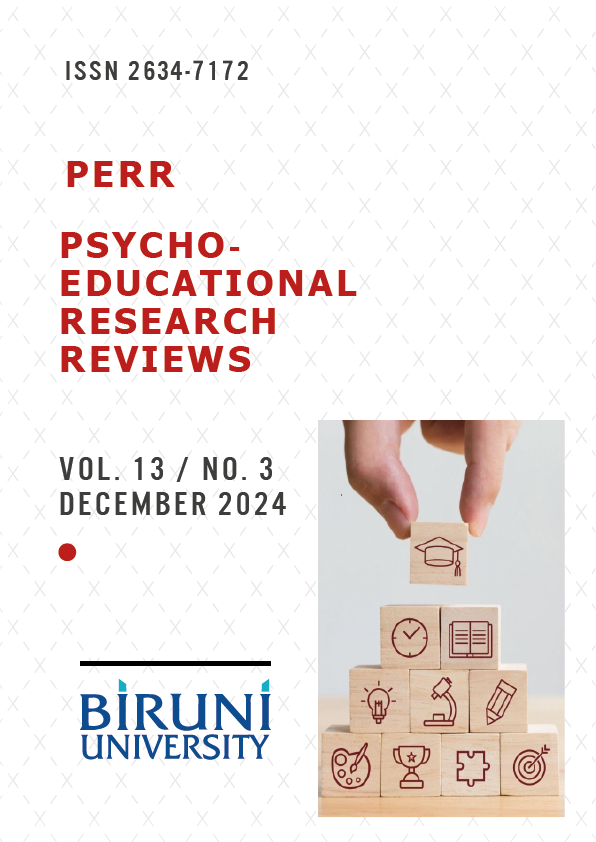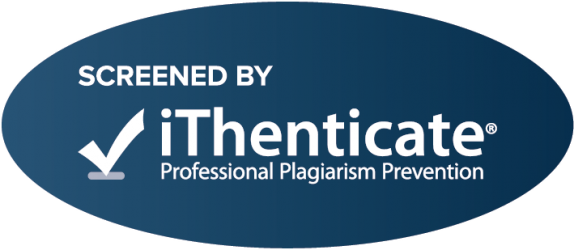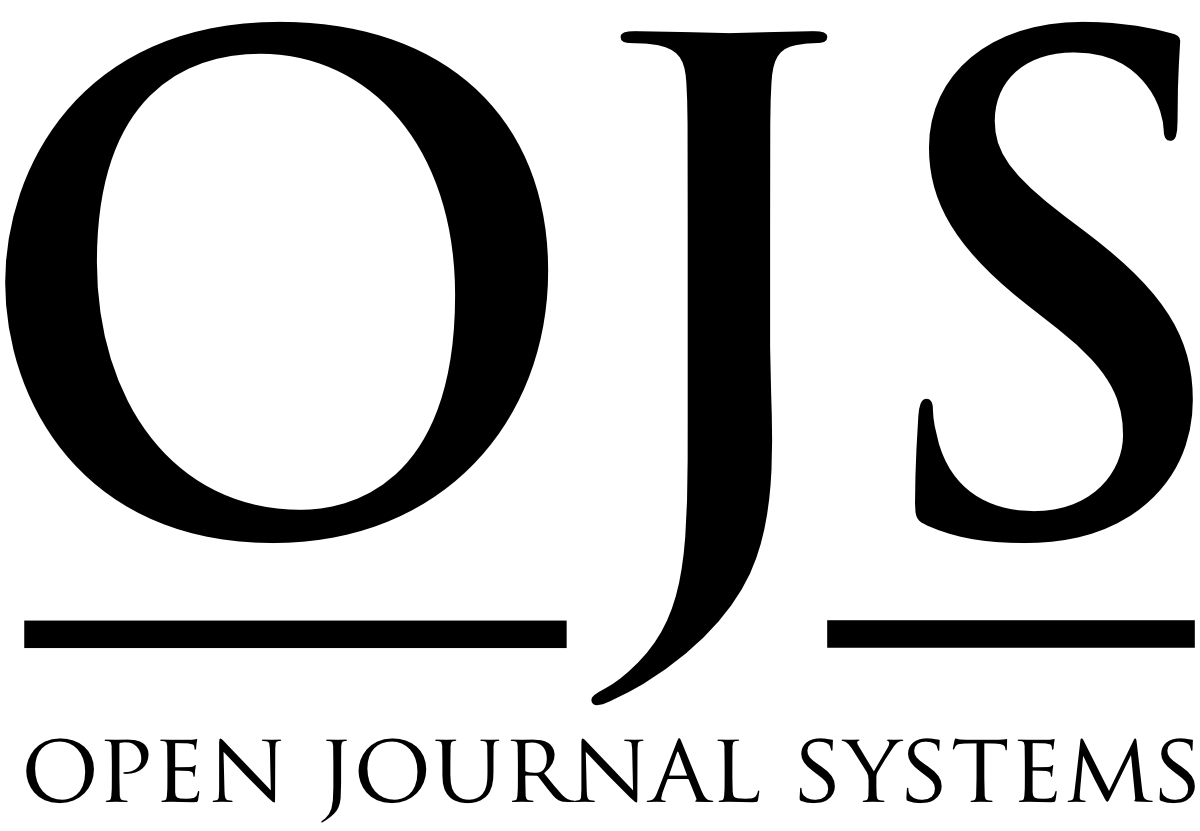The Effects of Principles of Powerful Learning Environment on Motivation to Learn Among Students with Learning Disabilities
DOI:
https://doi.org/10.52963/PERR_Biruni_V13.N3.02Keywords:
Powerful learning environment, Motivation, Students with learning disabilities, Middle schoolAbstract
The aim was to investigate the effects of principles of powerful learning environment (PLE) on motivation to learn among students with learning disabilities (LD). A sample of 56 students in 8th grade with LD in two middle schools were recruited. The research used the quasi-experimental approach due to its suitability to the nature of the research, which relies on the experimental design based on two groups, one experimental and the other control, and by using the pre- and post testing of the two groups. The effects of the principles of (PLE)were assessed using ANCOVA, repeated-measures, pre- post- and follow up testing design. Using a pre-test–intervention–post-test, and follow up design, it has been shown that (PLE) was effective in improving motivation to learn among students with LD. The results found by this study using (PLE) indicate the effectiveness of this method with students with LD.
Downloads
References
Ahmady, S., & Khani, H. (2022). The Development of the Framework of Effective Teaching-Learning in Clinical Education: A Meta-Synthesis Approach. Education Research International, 2022, 1–12. https://doi.org/10.1155/2022/4751931
Albayrak, F. & Serin, N. (2022). The effect of task-based out-of-class activities on language learning processes to create a natural language environment in teaching Turkish to foreigners. Psycho-Educational Research Reviews, 11(1), 404–423. https://doi.org/10.52963/PERR_Biruni_V11.N1.26
American Psychiatric Association (2013) Diagnostic and Statistical manual of mental disorders. Washington DC, APA.
Baeten, M., Dochy, F., Struyven, K. et al. (2016). Student-centred learning environments: an investigation into student teachers’ instructional preferences and approaches to learning. Learning Environ Res 19, 43–62. https://doi.org/10.1007/s10984-015-9190-5
Bransford, J., Brown, A., & Cocking, R. (2000). How People Learn: Brain, Mind, Experience, and School: Expanded Edition.
Camilleri, M. A., & Camilleri, A. C. (2021). The Acceptance of learning management systems and video conferencing technologies: Lessons learned from COVID-19. Technology, Knowledge and Learning. https://doi.org/10.1007/s10758-021-09561-y
Cilliers, E.(2021) Reflecting on social learning tools to enhance the teaching-learning experience of generation Z learners. Front. Educ. 5, 606533. https://doi.org/10.3389/feduc.2020.606533
De Corte, E. (1990). Towards powerful learning environments for the acquisition of problem solving skills. European Journal of Psychology of Education, 5(1),5–19. http://www.jstor.org/stable/23422222
De Corte, E. (1996). Instructional psychology: Overview. In international encyclopedia of developmental and instructional Psychology; De Corte, E., Weinert, F.E., Eds.; Wheatons: Oxford, UK, pp. 37–38.
De Corte, E. & Masui, C. (2004). The CLIA model. A framework for designing powerful learning environments for thinking and problem solving. European Journal of Psychology of Education, XIX(4), 365–384. https://doi.org/10.1007/BF03173216
Eissa, M. (2012). The effects of advance graphic organizers strategy intervention on academic achievement, self efficacy, and motivation to learn social studies in learning disabled second year prep students. Psycho-Educational Research Reviews, 1(1), 11–21. Retrieved from https://www.perrjournal.com/index.php/perrjournal/article/view/395
Eissa, M. (2015). The Effectiveness of a Self Regulated Learning- Based Training Program on Improving Cognitive and Metacognitive EFL Reading Comprehension of 9th Graders with Reading Disabilities. Psycho-Educational Research Reviews, 4(3), 49–59. Retrieved from https://www.perrjournal.com/index.php/perrjournal/article/view/323
Eissa , M. (2018). Issues related to identification of children with specific learning disorders (SLDs): insights into DSM-5. Psycho-Educational Research Reviews, 7(1), 106–111. Retrieved from https://perrjournal.com/index.php/perrjournal/article/view/254
Eissa, M. & Mostafa, A. (2013). The Effects of Differentiated Instruction by Integrating Multiple Intelligences and Learning Styles on Solving Problems, Achievement In, and Attitudes Towards Math in Six Graders with Learning Disabilities in Cooperative Groups. Psycho-Educational Research Reviews, 2(2), 31–43. Retrieved from https://www.perrjournal.com/index.php/perrjournal/article/view/379
ElAdl, A. (2020). Effectiveness of a brain-based learning theory in developing mathematical skills and scientific thinking among students with learning disabilities in Oman. Psycho-Educational Research Reviews, 9(2), 67–74. Retrieved from https://perrjournal.com/index.php/perrjournal/article/view/132
ElAdl, A. & Eissa, M. (2019). Effect of a Brain-Based Learning Program on Working Memory and Academic Motivation among Tenth Grade Omanis Students. Psycho-Educational Research Reviews, 8(1), 42–50. Retrieved from https://www.perrjournal.com/index.php/perrjournal/article/view/191
ElBanna, A. (2019). The effects of multiple intelligences training program on improving reading comprehension skills of reading of the disabled primary six students. Psycho-Educational Research Reviews, 8(1), 64–69. Retrieved from https://www.perrjournal.com/index.php/perrjournal/article/view/194
Elhoweris, H. (2017). The Impact of Repeated Reading Intervention on Improving Reading Fluency and Comprehension of Emirati Students with Learning Disabilities. Psycho-Educational Research Reviews, 6(2), 36–48. Retrieved from https://perrjournal.com/index.php/perrjournal/article/view/274
Glasgow, N. & Hicks, C. (2003). What successful teachers do: 91 research-based classroom strategies for new and veteran teachers? California: Thousand Oaks.
Gomaa, O. (2014). The effect of differentiating instruction using multiple intelligences on achievement in and attitudes towards science in middle school students with learning disabilities. Psycho-Educational Research Reviews, 3(3), 110–118. Retrieved from https://perrjournal.com/index.php/perrjournal/article/view/351
Gomaa, O. M. K. (2015). The effect of reciprocal teaching intervention strategy on reading comprehension skills of 5th grade elementary school students with reading disabilities. Psycho-Educational Research Reviews, 4(2), 39–45. Retrieved from https://perrjournal.com/index.php/perrjournal/article/view/330
Hendi, W. (2015). The Effect of concept maps on reading comprehension skills of elementary school students with reading disabilities. Psycho-Educational Research Reviews, 4(2), 46–51. Retrieved from https://www.perrjournal.com/index.php/perrjournal/article/view/331
Johannesen, M., Mifsud, L., & Øgrim, L. (2019). Identifying social presence in student discussions on Facebook and canvas. Technology, Knowledge and Learning, 24(4), 641–657.
Kader, F. & Eissa, M. (2016). The effectiveness of story mapping on reading comprehension skills of children with ADHD. Psycho-Educational Research Reviews, 5(1), 3–9. Retrieved from https://perrjournal.com/index.php/perrjournal/article/view/312
Khalik, A. (2014). The effect of metacognitive strategy training on student mathematical problem solving process and contemplative thinking skills in primary school children with learning disabilities. Psycho-Educational Research Reviews, 3(2), 3–11. Retrieved from https://www.perrjournal.com/index.php/perrjournal/article/view/353
Könings, K. & van M. (2005). Towards more powerful learning environments through combining the perspectives of designers, teachers and students. British Journal of Educational Psychology 75: 645–660. https://doi.org/10.1348/000709905X43616.
Kotze, G. (2002). Issues related to adapting assessment practices. South African Journal of Education, 22(1),76-80.
Mohammed, M. (2014). The effect of differentiating instruction using multiple intelligences on improving reading comprehension of 5th graders with learning disabilities. Psycho-Educational Research Reviews, 3(2), 12–20. Retrieved from https://perrjournal.com/index.php/perrjournal/article/view/354
Moreeng, B. & Toit, E. (2013). The powerful learning environment and history learners in the Free State Province. Yesterday&Today, 9, 45-66.
Mostafa, A. (2017). The effect of using multiple intelligences on some basic reading skills of first graders at-risk for reading disabilities. Psycho-Educational Research Reviews, 6(3), 109–116. Retrieved from https://perrjournal.com/index.php/perrjournal/article/view/267
Mostafa, A. (2017). The effects of advance graphic organizers strategy intervention on motivation to learn science in primary six students with learning disabilities. Psycho-Educational Research Reviews, 6(3), 93–99. Retrieved from https://perrjournal.com/index.php/perrjournal/article/view/265
Muhammad, A. (2021). Social constructivist approach: opinions of history teachers at intermediate secondary schools European Journal of Educational Research, 10(3), 1423-1436. https://doi.org/10.12973/eu-jer.10.3.1423
Nassar, E. (2015). The effects of advance graphic organizers strategy intervention on improving reading comprehension of struggling readers in primary five. Psycho-Educational Research Reviews, 4(1), 25–30. Retrieved from https://perrjournal.com/index.php/perrjournal/article/view/336
Paas, F., & Kester, L. (2006). Learner and Information Characteristics in the Design of Powerful Learning Environments. Applied Cognitive Psychology, 20(3), 281–285. https://doi.org/10.1002/acp.1244
Pillutla, V. S., Tawfik, A. A., & Giabbanelli, P. J. (2020). Detecting the depth and progression of learning in massive open online courses by mining discussion data. Technology, Knowledge and Learning, 25(4), 881–898. https://doi.org/10.1007/s10758-020-09434-w
Placklé I, Könings K., Jacquet W, Libotton A, van Merriënboer J.& Engels, N. (2018). Students embracing change towards more powerful learning environments in vocational education. Educational Studies, 44(1), 26–44. https://doi.org/10.1080/03055698.2017.1331840
Placklé I, Könings K., Jacquet W, Libotton A, van Merriënboer J. & Engels, N. (2020). Powerful learning environments in secondary vocational education: towards a shared understanding. European Journal of Teacher Education, 43(2), 224–242. https://doi.org/10.1080/02619768.2019.1681965
Roos, L., Trasberg, K. &Kõiv, K. (2021). Characteristics of powerful learning environments in VET transition program for at-risk students: qualitative insights from teachers and support specialists implementing the program. Empirical Res Voc Ed Train 13, 19. https://doi.org/10.1186/s40461-021-00123-1
Schelfhout, W., Dochy, F., Janssens, S., Struyven, K., & Gielen, S. (2006). Towards an equilibrium model for creating powerful learning environments during teacher training internships. European Journal of Teacher Education, 29(4), 471–503. https://doi.org/10.1080/02619760600944787
Sinakou, E.; Donche, V.; Boeve-de, J.& Van, P. (2019). Designing powerful learning environments in education for sustainable development: A conceptual framework. Sustainability, 11, 5994. https://doi.org/10.3390/su11215994
van Merriënboer, J. & Paas, F. (2003). Powerful Learning and the Many Faces of Instructional Design: Toward a Framework for the Design of Powerful Learning Environments. In Unravelling Basic Components and Dimensions of Powerful Learning Environments, edited by E. de Corte, L. Verschaffel, N. Entwistle, and J. J. G. van Merriënboer, 3–20. Oxford: Elsevier Science.
Winarti, A. & Putranta, H. (2022). Improving learners’ metacognitive skills with self-regulated learning based problem-solving. International Journal of Instruction, 15(1), 139- 154. https://doi.org/10.29333/iji.2022.1528a
Additional Files
Published
How to Cite
Issue
Section
License
Copyright (c) 2024 Psycho-Educational Research Reviews

This work is licensed under a Creative Commons Attribution-NonCommercial-NoDerivatives 4.0 International License.










